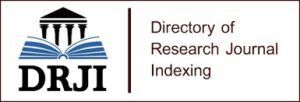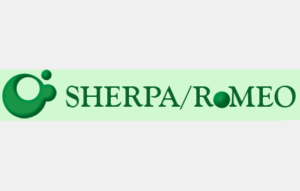Adébáyọ̀ Fálétí’s Films as a Veritable Source of Metalanguage
Abstract
In classical sociolinguistic literature, ‘metalanguage’ refers to the language used to describe, analyse, define or interpret concepts in one language or another as comprehensively as possible. The concept has enjoyed tremendous scholarly attention, especially deliberately planned ones. However, spontaneous, unplanned metalanguage has not received much attention in sociolinguistics. This paper, therefore, examined metalanguage as manifested in a Yorùbá film titled Ṣawo-ṣẹ̀gbẹ̀rì in order to identify the different devices used in creating new lexical items. The socio-linguistic theory of language planning was adopted as the theoretical framework. Data were extracted from the film titled Ṣawo-ṣẹ̀gbẹ̀rì (‘the charlatan’) written by Adébáyọ̀ Fálétí, a reknown Yorùbá artist. Seventy-one (76) vocabulary items were purposively selected for analysis. Two domains in the film were considered. These are the hospital domain and the courtroom. In the hospital scene, lexical items like Ògún Òru/Wárápá (Epilepsy of the night/Epilepsy of the day), Jàkùtẹ̀ (Elephantiasis), Ibàa Jẹ̀fun-jẹ̀dọ̀ (Typhoid), Ìpákè (hernia), Arẹmọ (pain reliever), Aporó (Anaesthetics), Akunnilórun (Sedatives), etc. featured prominently. In the courtroom, expressions such as ó tó (order), Olóòtọ́ọ́ (exhibit) Agbèfọ́ba (King’s witness, i.e. Government lawyer), Ìgbéyàwó Fìdíhẹ́ (Interim wedding), Ẹ̀kọ̀ (Objection), Ẹ̀gbà (Acceptance), Fagilé (Over-rule), Lọ́yà (Lawyer), Afidáfíítì (Affidavit) and so on featured prominently. Of these seventy-six (76) vocabulary items selected for analysis, only sixteen (16), which constituted 21% were borrowed, while sixty, which constituted 79% were coined through composition, explication, semantic extension, and idiomatisation. Every language is elastic, that is, expandable and any real or imaginary object/concept can be expressed in any language.
Keywords: Metalanguage, Yorùbá films, ‘Ṣawo-Sẹ̀gbẹ̀rì, Language planning, Adébáyọ̀ Fálétí.




















